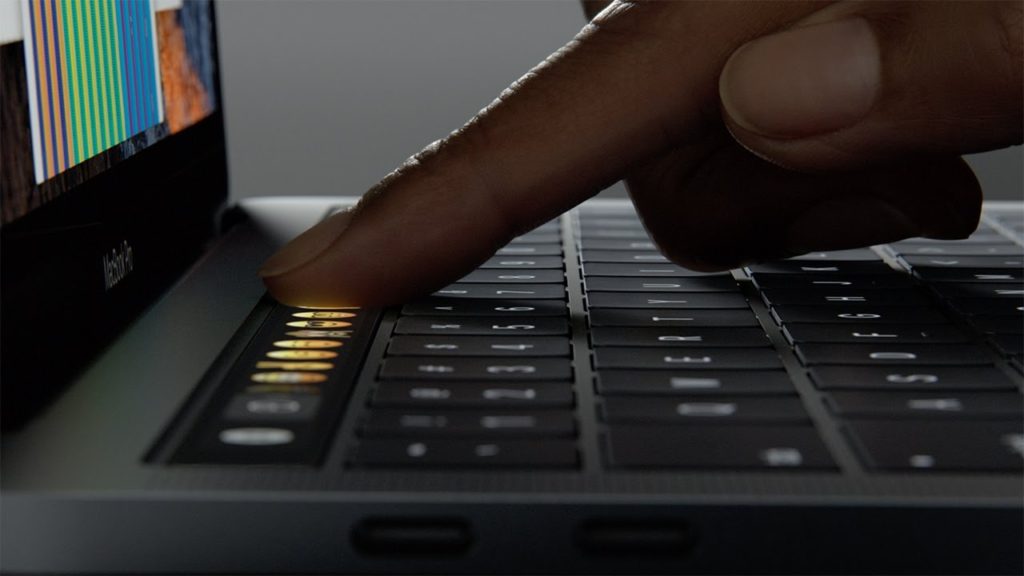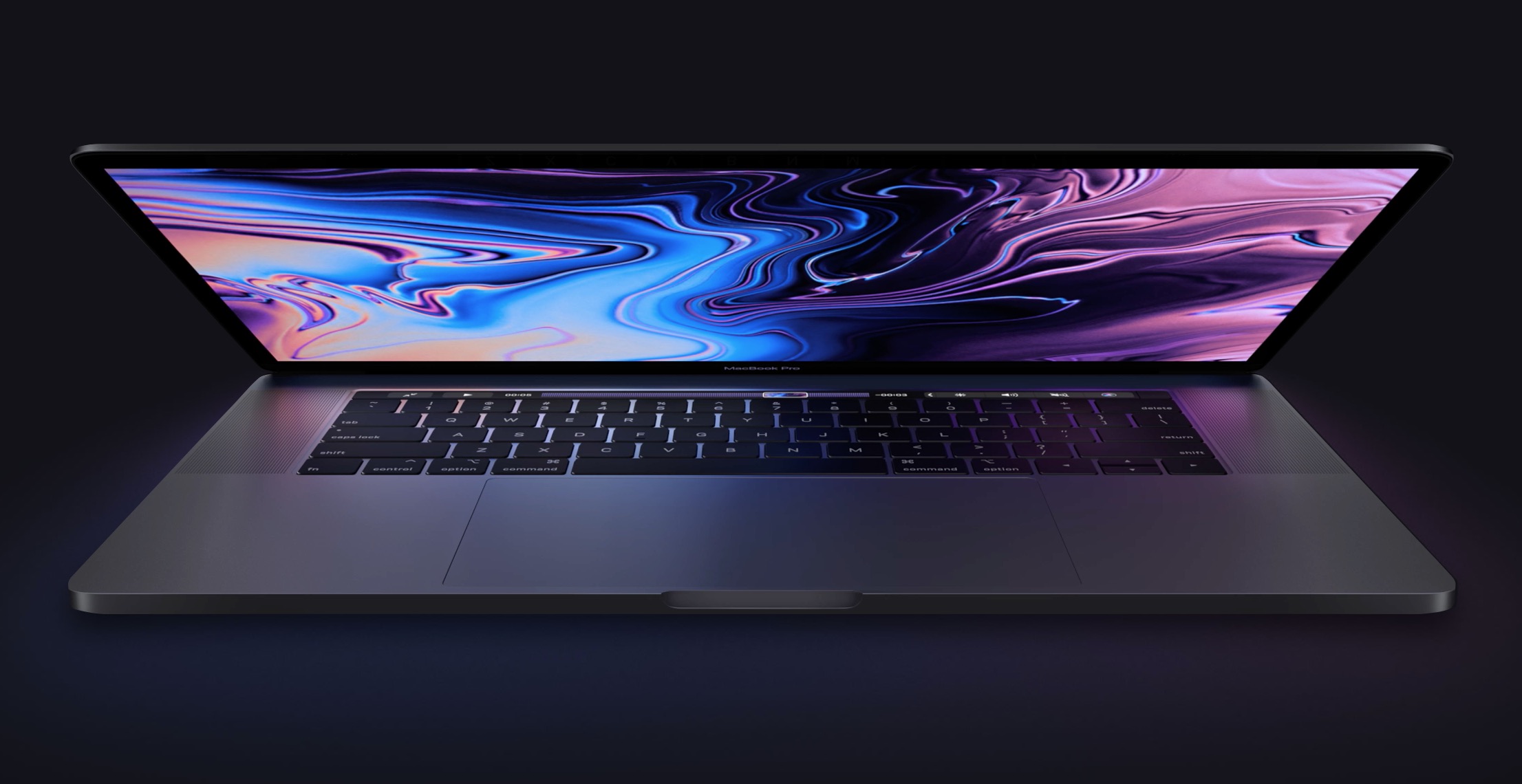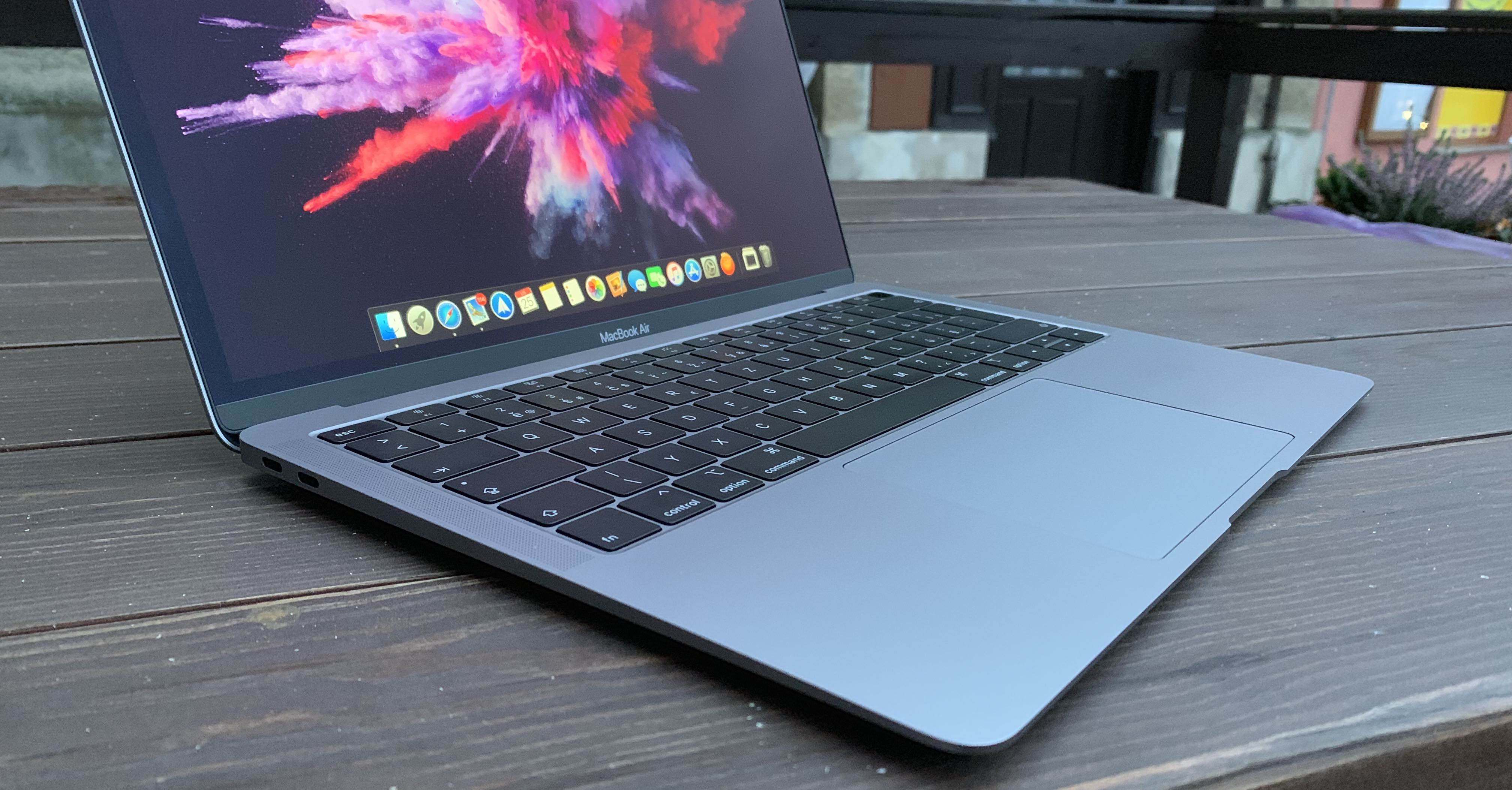The design of the current MacBook Pro was first introduced in 2016. At first glance, it immediately catches your eye. The perfect fit, narrow display frames and especially the emphasis on overall thinness are pleasing to the eye. But it also brings with it a tax in the form of problems and shortcomings.
The very first controversial element that you see after opening the higher MacBook Pro series is the Touch Bar. Apple presented it as an innovative way of control that takes portable computers a step further. However, after losing interest and sobering up, most users quickly discovered that no revolution was taking place.
It could be interest you

The Touch Bar often only replaces keyboard shortcuts, which can be easily found in the menu bar. Animated video or photo scrolling is effective, but its impact on productivity is difficult to measure. In addition, the touch surface is difficult to read in direct sunlight. It is therefore very difficult for many users to justify paying extra for a model with a Touch Bar.

A powerful processor in a thin body
However, Apple went ahead with the decision-making and only included the newest and most powerful processors in the ranks with the Touch Bar. Quad-core and six-core Intel Core i5/7/9 are therefore not found in the basic 13" MacBook Pro or any other laptop in the current portfolio apart from higher models.
But the engineers from Cupertino underestimated the laws of physics when they installed such powerful processors in such a thin chassis. The result is significant overheating and forced underclocking of the processor, so that it does not overheat completely. Paradoxically, the performance of a premium model with a Core i9 and a price climbing to one hundred thousand crowns can easily fall to the limit of the basic variant. Small fans have no chance of cooling the laptop properly, so the only solution is to simply avoid this configuration altogether.
When Apple launched the new MacBook Pros, it promised a similar 10-hour battery life to the previous generation. According to long-term feedback from users, only the thirteen-inch model without Touch Bar came close to this value. The others are far below the stated number and there is no problem to move around 5 to 6 hours of battery life.

Much has already been written about the unfortunate keyboard. Sleek design with super low lift and new "butterfly mechanism" he also collected his tax. Contact with any kind of dirt can even cause the given key to become inoperable. And you don't have to eat it at the computer, because even an ordinary hair can cause a problem.
MacBook Pro design is losing its soul
Yet the last problem discovered is the "flex gate" named after the cables leading from the motherboard to the display. Apple had to replace them with a special thin variant due to the thin display. It is not only expensive, but unfortunately also susceptible to mechanical wear. Over time, especially depending on the number of times the display lid is opened and closed, the cables crack. This causes uneven lighting and a "stage lamp" effect.
Everything mentioned so far troubled the year 2016 and 2017. Only the last generation managed to partially repair the damage caused by the pursuit of the thinnest laptop possible. The third generation butterfly keyboard has special membranes, which, according to Apple's official statement, dampens noise, but a pleasant side effect is also protection against dirt. Apparently, the 2018 generation doesn't even suffer from the "flex gate", thanks to the longer cable leading from the motherboard to the display, which should also be more durable.
It could be interest you

On the other hand, many mistakes could have been avoided if Apple had not focused so much on a thin laptop. There would certainly be a place for more ports, which the 2015 models still had. Many argue that the last computers with the departure of the glowing apple and the MagSafe charging connector also lost their soul. The question is whether Apple will ever produce a "thick" laptop again.
It could be said that his spirit is slowly but surely evaporating from the whole of Apple, not only from MacBooks
They have no problem compensating for it by raising the price
No wonder Mac sales are suffering such a slump. Laptops overpriced, without ports, without MacSafe, with low battery life, with compromises in processors and with a small HDD. Outdated iMacs, MacPros and displays are not sold at all. This is not the way to go, I don't understand that at least Apple's board of directors doesn't see it, when Cook doesn't care.
Another very major problem with the keyboard for me: They replaced the useful F1-12 keys with a piece of nonsense called the TouchBar (there's not a day that goes by that I don't swear at it when I manage to lose some work because of it) - it's a desperate attempt at some wow effect , with which they conquered the world at the beginning of the millennium - but at that time it was invented by the visionary Jobs, and he thought it through...
I am the owner of the described 13″ and three previous versions. It's sad to watch how a machine that brought you joy turned into a tragedy :(.
Perhaps the worst thing is with the resistance.
The previous versions survived the crashes, but it's just hard work every day.
The current model, probably due to the price (60), was like a piece of cake for me.
- after a year and a half, he sent the display
– after a year and a quarter of the keyboard
– and a few moments before the warranty, the display again
This is not how a top product behaves :(
And what disappointed me the most, the absence of a protective glass on the display, just hit the bottom edge on anything hard and the display will crack.
Even at the cost of losing the luxury that the entire ecosystem offers me, the next model simply won't be from Apple.
Yes, HW from Apple is a disaster. But the problem is with the OS: I work on Widle and MacOS in parallel, and I have to say that Widle is a terrible disappointment for me in the parallel experience - and basically the only reason to stay with Apple...
What annoyed me the most is the new butterfly keyboard, which breaks even in the 3rd generation. The keyboard is a very important element of a laptop, and if it does not work, then the entire line of laptops with this keyboard is unworthy of the customer's trust. I don't understand how Cook doesn't mind. If I want to do away with macbooks completely, this is not the happiest marketing path. Current MBA, it's probably my last macbook from Apple, if you don't solve the problems in the article and especially the keyboard mechanism.
But is there an alternative on the market for the MacBook Pro 15″ in terms of portability (weight and just mentioned thickness), battery life, chassis quality, display quality and performance all in one? Although my colleagues and I tried to find an alternative, we unfortunately did not find one.
I have a pro 15 2018 and I'm very satisfied, I only remember the mag safe every now and then, but I'm glad that the newly charged one doesn't light up with a diode, otherwise everything else is better, I find the article and the discussion very negative